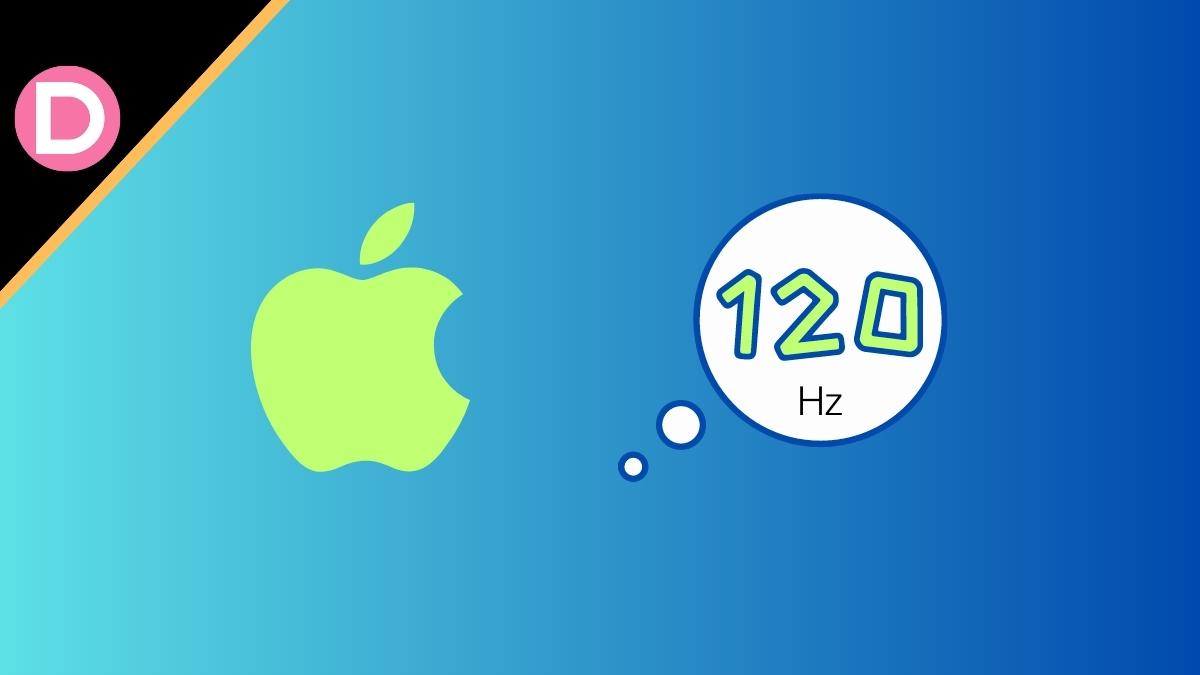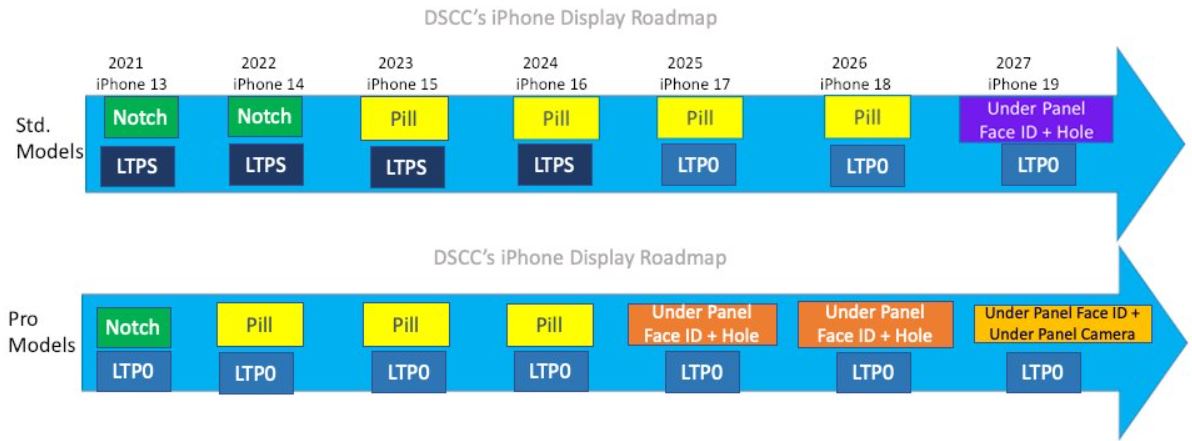Apple was extremely late to the high refresh rate game on iPhones. Most companies began to offer a 90Hz or 120Hz refresh rate on their flagship models in 2020. In 2023, we still have 120Hz displays on 200 USD phones.
The iPhone wasn’t even Apple’s first product to get a high refresh rate, which Apple calls “Pro Motion.” When the iPad Pro first got Pro Motion in 2017, many analysts assumed it would make it to the iPhone in a year or two, but it didn’t happen until 2021.
Apple probably did this on purpose to make newer iPhones appear more feature-packed. If you observe iPhone launches, they all have at least one standout feature.
For the iPhone 12 models, it was a new flat design and 5G. For the iPhone 13 Pro, it was a 120Hz ProMotion display. And it was the dynamic island and 48MP primary sensor for the iPhone 14 Pro.
Apple could’ve just as quickly given all of these features in 2020. But that would leave no room for new features in the coming years.
Another explanation is supply chain problems. Samsung, Apple’s biggest competitor in the flagship space, sells between 20 and 30 Million units on average. For comparison, the iPhone 13 sold around 80 Million units, and the iPhone 12 series sold over 100 Million.
Apple’s display suppliers are BOE, LG, and Samsung. The company plans to manufacture displays (OLED or MiniLED) in-house, but we’re not quite there yet.
BOE frequently fails to meet Apple’s standards, and LG can’t produce enough panels. So, Samsung is the primary supplier of displays. Apple isn’t the only customer of Samsung’s displays.
Since Apple sells hundreds of millions of phones, it isn’t easy to manufacture so many displays with 120Hz.
This could’ve been a possible explanation in 2020 when there was a global component shortage, but it doesn’t look like a plausible reason in 2023 and beyond.
The latest iPhone 14 series sold over 26 Million units within just a couple of months of launch, and 70% of sales were the Pro models. This proves the declining interest in the base models for consumers.
Since 70% of sold iPhones were the Pro models, it’s evident that many people were looking for features like a high refresh rate screen.
Apple still wants to focus more on the Pro iPhones, so the upcoming iPhone 15 and even the iPhone 16 will not ship with high refresh rate screens (120Hz ProMotion display).
Reliable display analyst Ross Young reports in a tweet that the iPhone 15 and 16 models will not ship with LTPO screens or a high refresh rate. Apple will move to LTPO on the vanilla models two years later, with the iPhone 17.
According to the DSCC roadmap, the iPhone 15 and 16 will stick with the dynamic island pill cutout. There were rumors of Apple moving to a punch-hole display with the iPhone 16, but that’s probably not happening until the iPhone 17 Pro.
To those waiting for under-display Face ID with the front camera under the display, that’s not happening until 2027 with the iPhone 19. The iPhone 15 in 2023 will get the dynamic island but will still stick with a 60Hz refresh rate screen.
On the Pro models, under-panel Face ID is expected in 2025 with the iPhone 17 Pro. The standard models will still have the dynamic island.
When the Pro models finally move to an uninterrupted display with no cutouts, the vanilla model will get the punch-hole front camera with Face ID under the display. That’s all this report mentions. We’ll update you if there’s more information about upcoming iPhone models.




